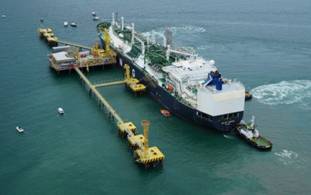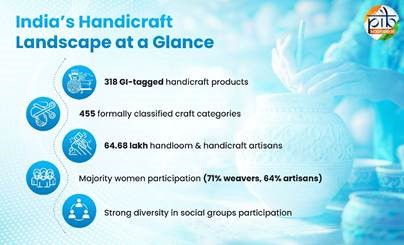Description

Disclaimer: Copyright infringement not intended.
Context
- Recently, Prime Minister Narendra Modi laid the foundation stone for the “world’s first CNG (Compressed Natural Gas) terminal at Bhavnagar in Gujarat.
CNG
- CNG is natural gas compressed under pressure so that more of it occupies lesser volume in the fuel tank. It is a fuel gas mainly composed of methane (CH4).
- CNG is compressed to a pressure of 200 to 250 kg/cm2. In this compressed form, it occupies less than 1 per cent of its volume at atmospheric pressure.
- In simple words, CNG is produced by compressing natural gas to less than 1% of its volume at standard atmospheric pressure.
- In response to high fuel prices and environmental concerns, CNG has been used in auto rickshaws, pickup trucks, transit and school buses, and trains.
Benefits of using CNG
Environment friendly
- Commonly referred to as the green fuel because of its lead and sulphur free character, CNG reduces harmful emissions. Due to the absence of any lead or benzene content in CNG, lead or benzene pollution are eliminated.
- Carbon monoxide emissions are reduced by roughly 80 percent, and 44 percent less hydrocarbons are produced in comparison to gasoline-powered vehicles. Natural Gas still contributes to greenhouse gas emissions, but they are significantly reduced.
Not a Fire Hazard
- The ignition temperature of CNG is 600⁰C, which is higher than gasoline (320⁰C) and diesel (285⁰C). This means that CNG vehicles are less likely to catch fire under any circumstances.
- In the event of a leak, CNG is lighter than air, meaning that it will dissipate into the atmosphere, unlike gasoline or diesel which pools on the ground and serves as a fire hazard.
Dual facility
- CNG Vehicle can run both on CNG and Petrol.
Low operational cost
- The operational cost of vehicles running on CNG, as compared to those running on other fuels, is comparatively low.
Bhavnagar CNG Terminal
- It will be “world’s first CNG (Compressed Natural Gas) terminal along with world’s fourth largest lock gate system.
- The CNG project is a part of an ambitious mega project of brownfield expansion of Bhavnagar port.
- The proposed development of brownfield port terminal is planned in the northern part of existing Bhavnagar port in Gujarat.
- The primary objective of the CNG terminal will be to develop CNG receiving infrastructure facilities for India through Gujarat coast.

Other facilities in the port
- The port will also have a container terminal, multipurpose terminal, and liquid terminal with direct door-step connectivity to the existing roadway and railway network connecting to the dedicated freight corridor and the northern hinterland of the country.
- In addition to the CNG terminal, the port will also cater to the future needs and demands of various upcoming projects in the region such as vehicle scrapping, container manufacturing and Dholera Special Investment Region in particular.
Why is the Bhavnagar port important?
- The Bhavnagar port is in close vicinity to the Dholera Special Investment Region (SIR) and is expected to serve the industries that set up base in the region. It is already connected to the northern hinterland through a railway line that extends to the existing berths at the port.
Significance of the CNG Terminal
- The supply mechanism of CNG once operational will be revolutionary, enabling India to tap small-scale and stranded gas volumes which are yet to be utilised.
- The project will create vast employment opportunities for Bhavnagar and adjoining area youth in logistics, transportation and warehousing.
- Gujarat, thus, will be the only state in the country, which will have terminals for both CNG and LNG.
- Note: Gujarat currently houses three LNG (Liquified Natural Gas) terminals at Dahej, Hazira and Mundra. One more LNG terminal is currently under construction at Chhara port which is likely to be completed by end of calendar year 2022.
|
Liquefied Natural Gas
LNG is natural gas in its liquid form (predominantly methane, CH4, with some mixture of ethane, C2H6). LNG is produced by purifying natural gas and super-cooling it to -260°F to turn it into a liquid. During the process known as liquefaction, natural gas is cooled below its boiling point, removing most of the extraneous compounds found in the fuel. The remaining natural gas is primarily methane with small amounts of other hydrocarbons. It takes up about 1/600th the volume of natural gas in the gaseous state. LNG is odorless, colorless, non-toxic and non-corrosive.
Because of LNG's relatively high production cost, as well as the need to store it in expensive cryogenic tanks, the fuel's use in commercial applications has been limited. LNG must be kept at cold temperatures and is stored in double-walled, vacuum-insulated pressure vessels.
|
https://indianexpress.com/article/explained/behind-the-world-first-cng-terminal-at-bhavnagar-gujarat-8180469/












